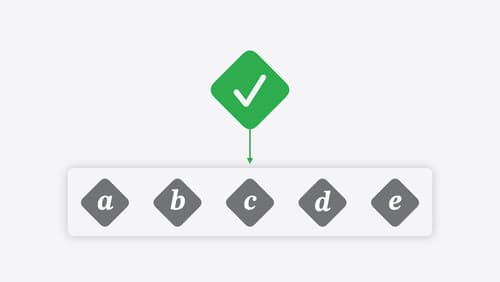performance testing
Asked on 2024-08-18
1 search
Performance testing was discussed in the context of Swift testing and Xcode at WWDC 2024. Here are some key points:
-
Parallel Testing in Swift: Swift testing now supports parallel testing by default, which can significantly reduce execution time, especially in continuous integration (CI) environments. This is a shift from XCtest, which only supports parallelization using multiple processes. Parallel testing helps in identifying hidden dependencies between tests and ensures faster feedback on test results. You can learn more about this in the session Go further with Swift Testing (21:09).
-
Performance Tools in Xcode: Xcode 16 introduces new tools and improvements for diagnosing performance issues. For instance, the session "What’s new in Xcode 16" discusses using tools like Instruments to diagnose performance problems, which can help in identifying areas for algorithmic improvements. This is crucial when your app's performance is not meeting expectations, such as slow UI interactions or excessive power consumption.
-
Swift Performance Exploration: The session "Explore Swift performance" delves into understanding performance as a multidimensional and situational aspect. It emphasizes using tools like Instruments to measure performance and identify areas for improvement, often through algorithmic changes rather than low-level code optimizations.
For more detailed insights, you can refer to the sessions mentioned above, which cover various aspects of performance testing and optimization in Swift and Xcode.

Go further with Swift Testing
Learn how to write a sweet set of (test) suites using Swift Testing’s baked-in features. Discover how to take the building blocks further and use them to help expand tests to cover more scenarios, organize your tests across different suites, and optimize your tests to run in parallel.

Explore Swift performance
Discover how Swift balances abstraction and performance. Learn what elements of performance to consider and how the Swift optimizer affects them. Explore the different features of Swift and how they’re implemented to further understand the tradeoffs available that can impact performance.

Meet Swift Testing
Introducing Swift Testing: a new package for testing your code using Swift. Explore the building blocks of its powerful new API, discover how it can be applied in common testing workflows, and learn how it relates to XCTest and open source Swift.
